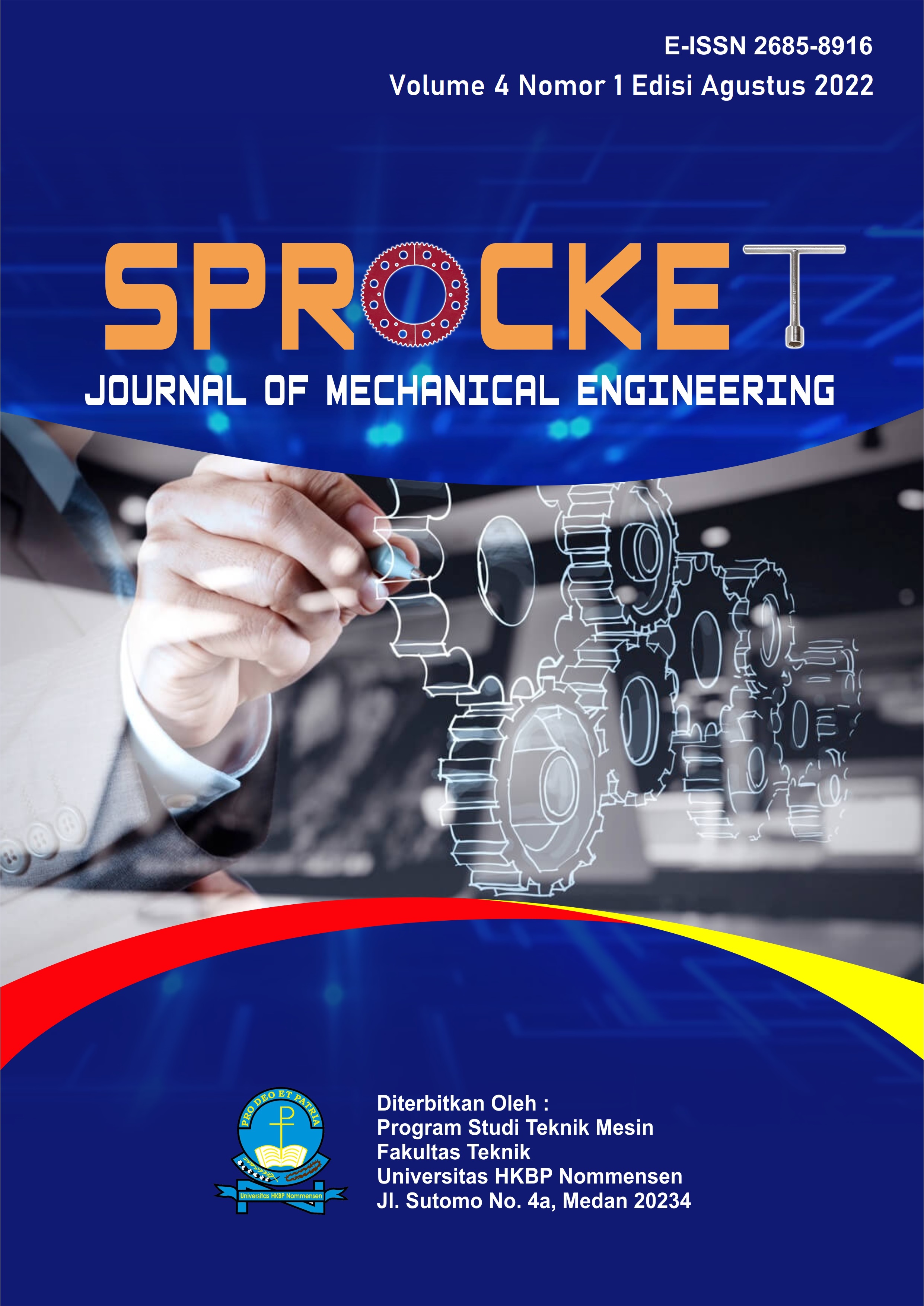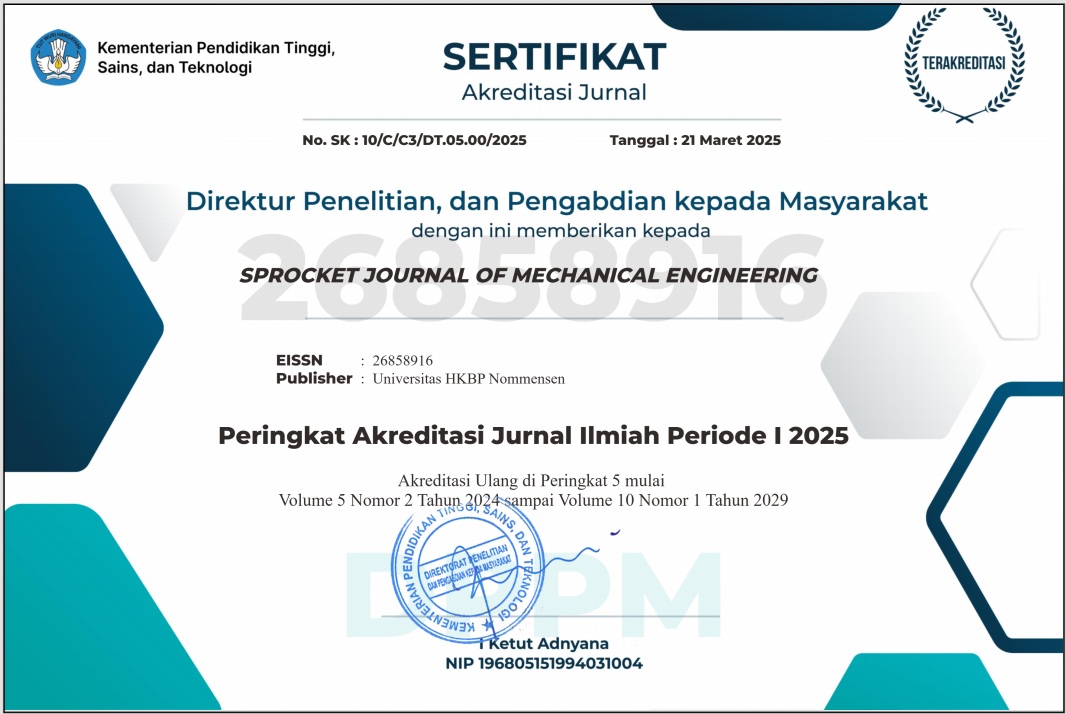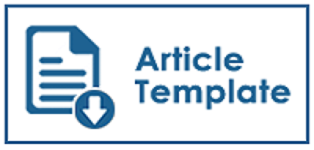Analisis dan Perbaikan Produktivitas Proses Produksi di PT. XYZ
Abstract
The production process of the company/manufacturing industry still often get obstacles, it made the product specifications produced are not in accordance with the production. However, the company must also evaluate and improve its production process. One of them is PT. XYZ, which is engaged in the production of concrete, namely electric poles and piles. This company produces electric poles with various sizes including 9 meters, 11 meters, 12 meters. This research was conducted to measure the level of productivity and identify problems in the production process of electric poles at PT XYZ. This research used Overall Equipment Effectiveness (OEE) as the methode, which is a calculation carried out to determine the effectiveness of the machine. There are three elements of productivity as well as equipment effectiveness that can be measured by Overall Equipment Effectiveness (OEE), namely availability, performance efficiency, and product quality level. With the Overall Equipment Effectiveness (OEE) method in this study, this research tried to measure the level of effectiveness of the electric pole production process and found the root cause of the problems that hindered the achievement of productivity at PT XYZ.
References
[2]. Hudori, M. (2018). Pengukuran Efektivitas Mesin Produksi Besi Bondeck pada Industri Manufaktur dengan Overall Equipment Effectiveness. Jurnal Citra Widya Edukasi, 10(3), 253-258.
[3]. Rinawati, D. I., & Dewi, N. C. (2014). Analisis Penerapan Total Productive Maintenance (TPM) Menggunakan Overall Equipment Efectiveness (Oee) Dan Six Big Losses Pada Mesin Cavitec Di PT. Essentra Surabaya. Prosiding SNATIF, 21-26.

This work is licensed under a Creative Commons Attribution 4.0 International License.
Penulis yang menerbitkan dengan SPROCKET JOURNAL OF MECHANICAL ENGINEERING menyetujui ketentuan berikut :
- Penulis memegang hak cipta dan memberikan jurnal hak penerbitan pertama dengan karya yang dilisensikan secara bersamaan di bawah Lisensi Internasional Creative Commons Atribusi 4.0 . yang memungkinkan orang lain untuk berbagi karya tersebut dengan pengakuan atas kepengarangan karya dan penerbitan awal dalam jurnal ini.
- Penulis dapat membuat pengaturan kontraktual tambahan yang terpisah untuk distribusi non-eksklusif atas versi jurnal yang diterbitkan dari suatu karya (misalnya, mempostingnya ke repositori institusional atau menerbitkannya dalam sebuah buku), dengan pengakuan atas penerbitan awalnya di jurnal ini.
- Penulis diizinkan dan didorong untuk mengunggah karya mereka secara daring (misalnya, di repositori institusi atau di situs web mereka) sebelum dan selama proses penyerahan, karena hal ini dapat mengarah pada pertukaran yang produktif, serta kutipan yang lebih awal dan lebih banyak dari karya yang diterbitkan (Lihat Pengaruh Akses Terbuka ).






.png)
.png)

